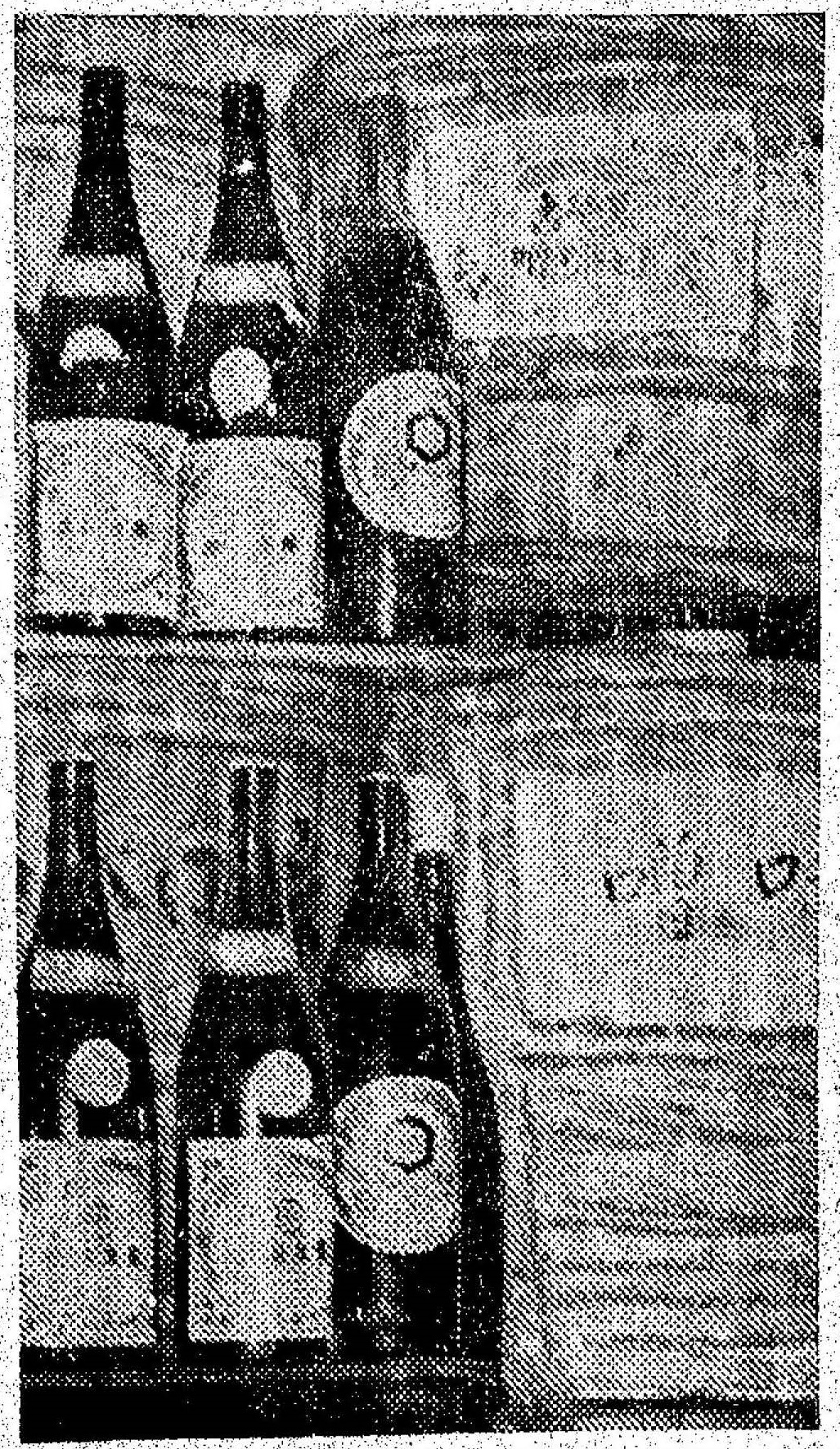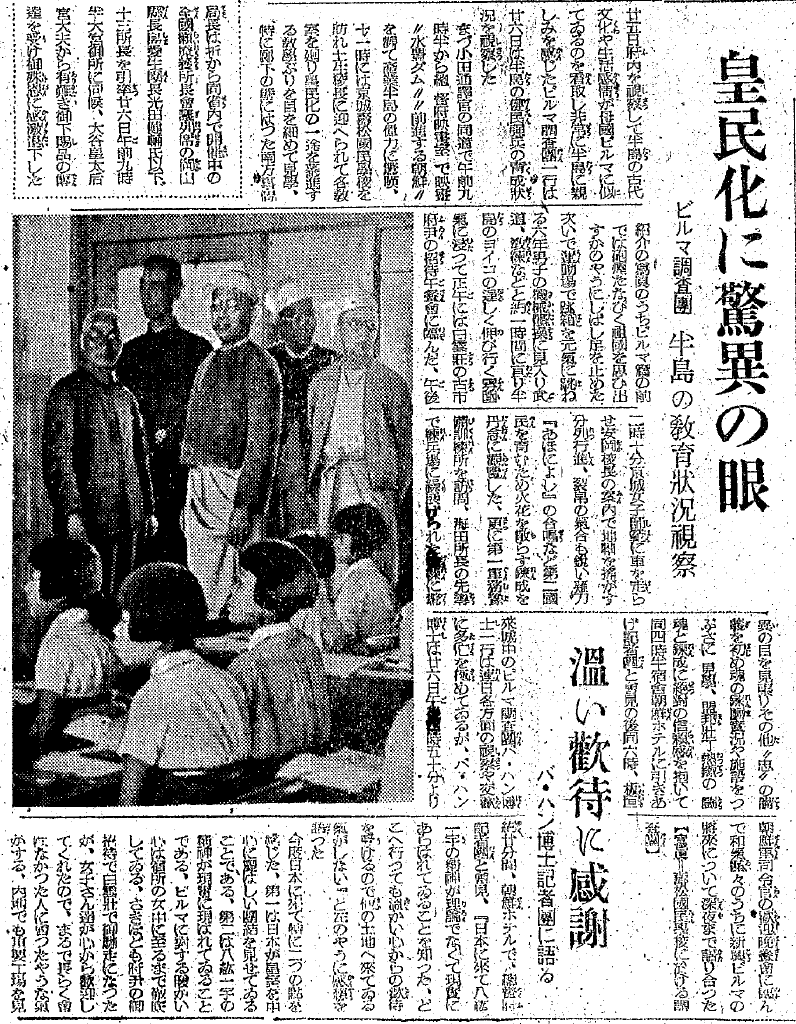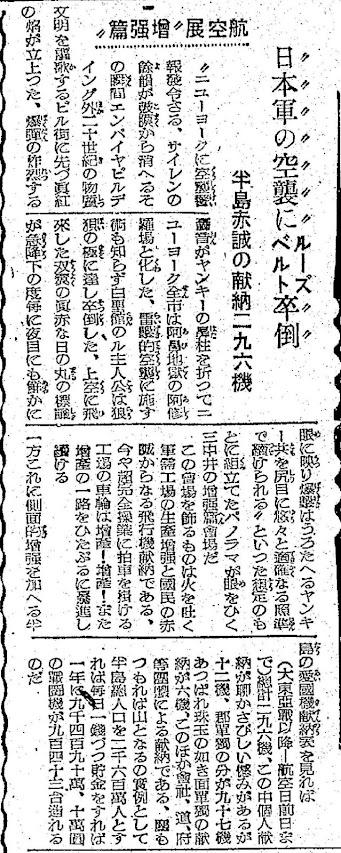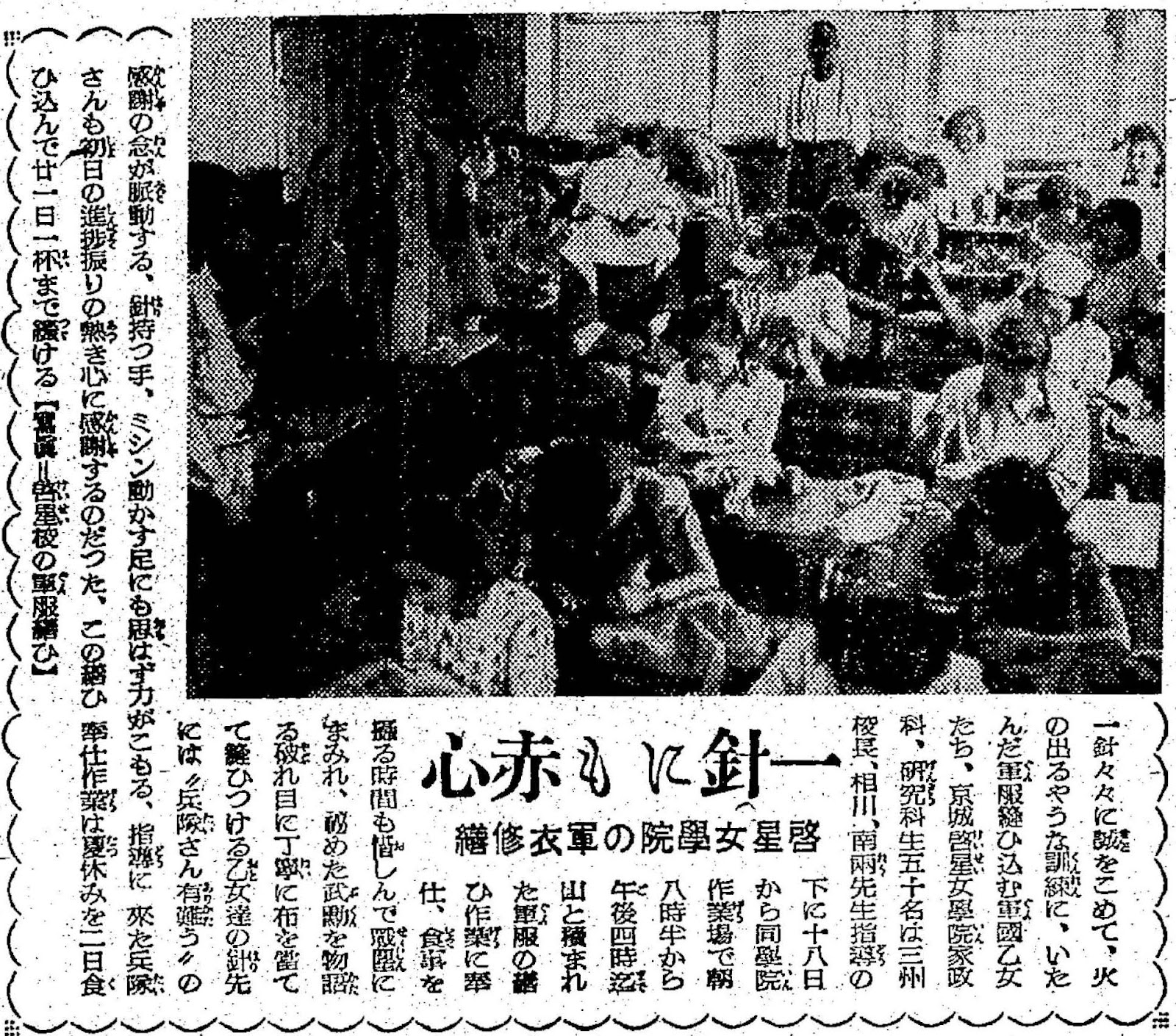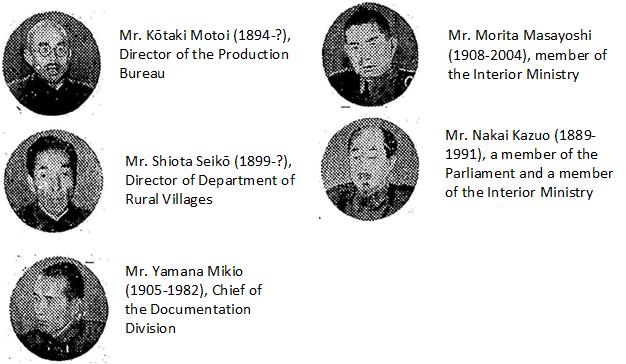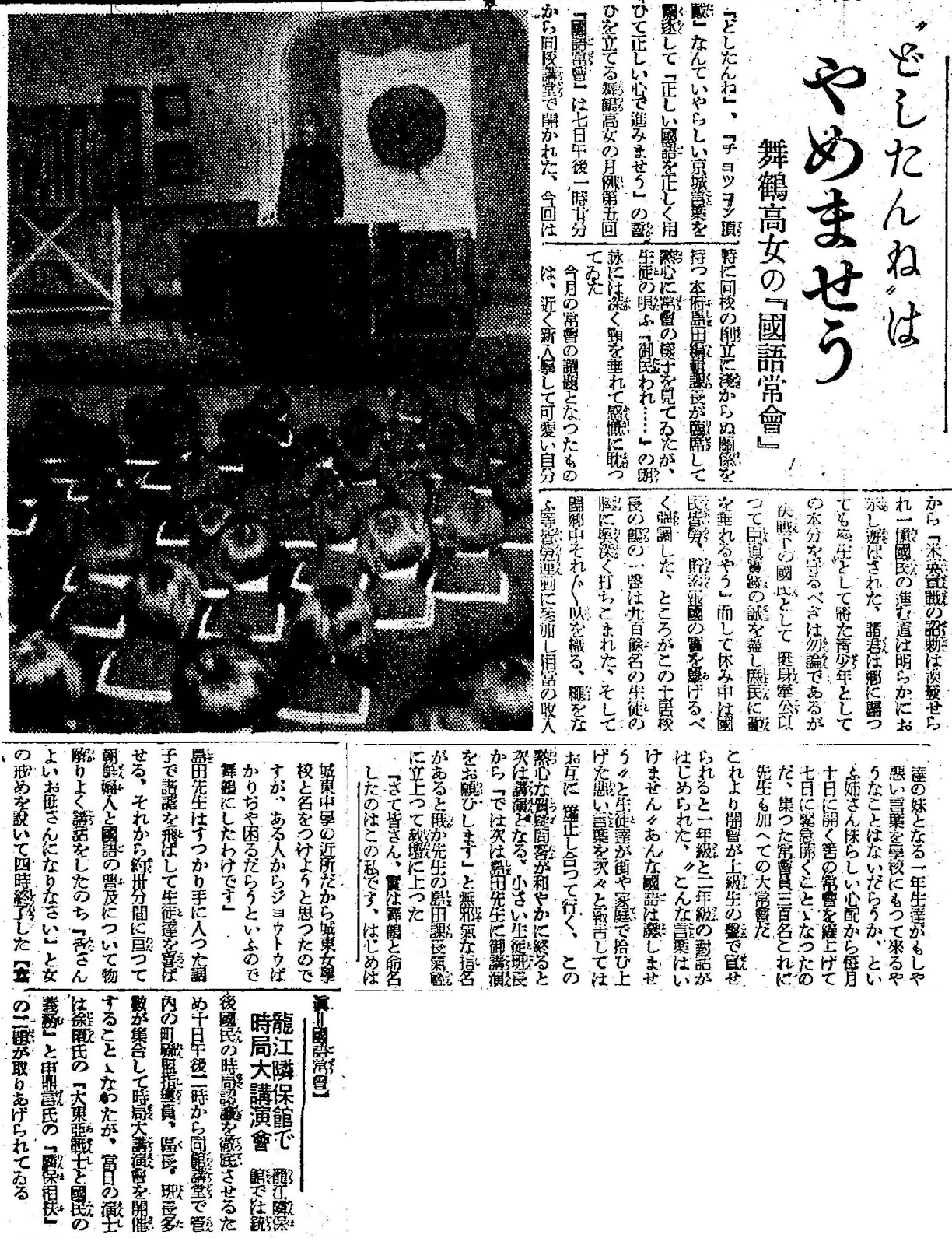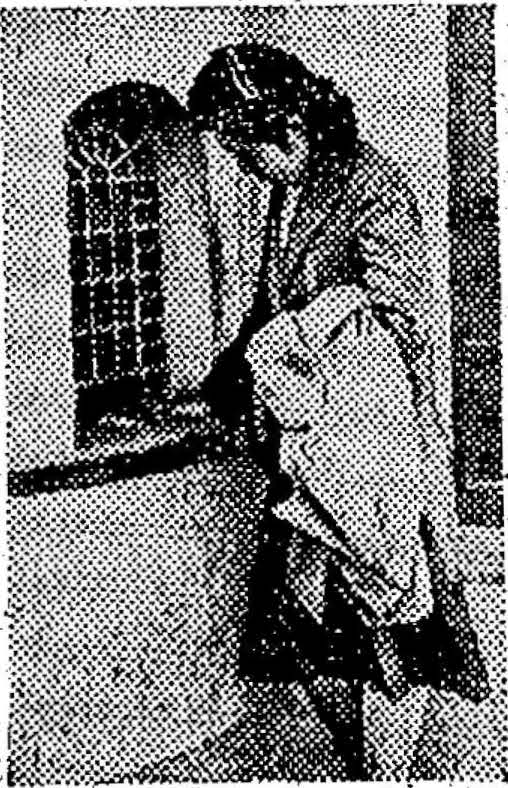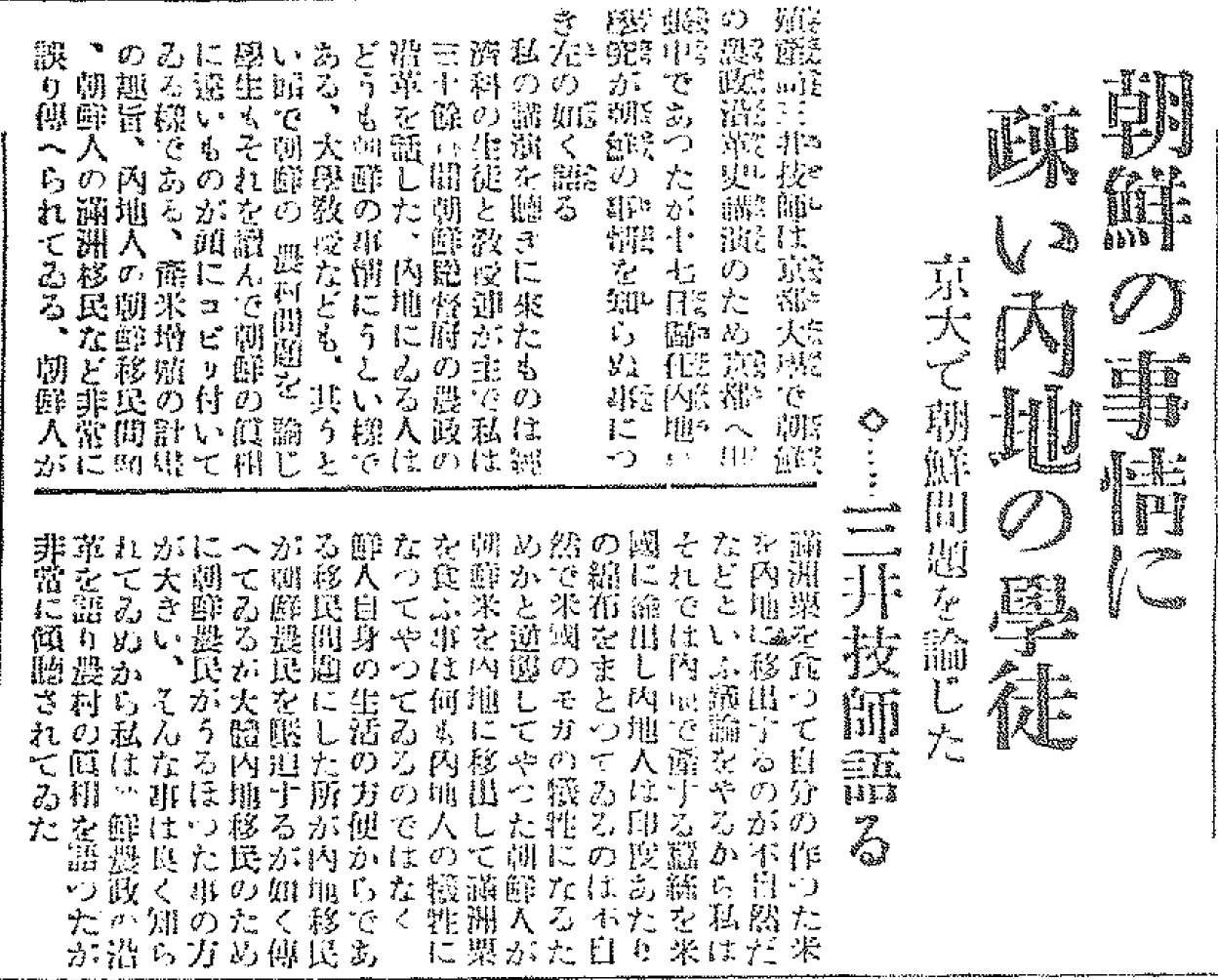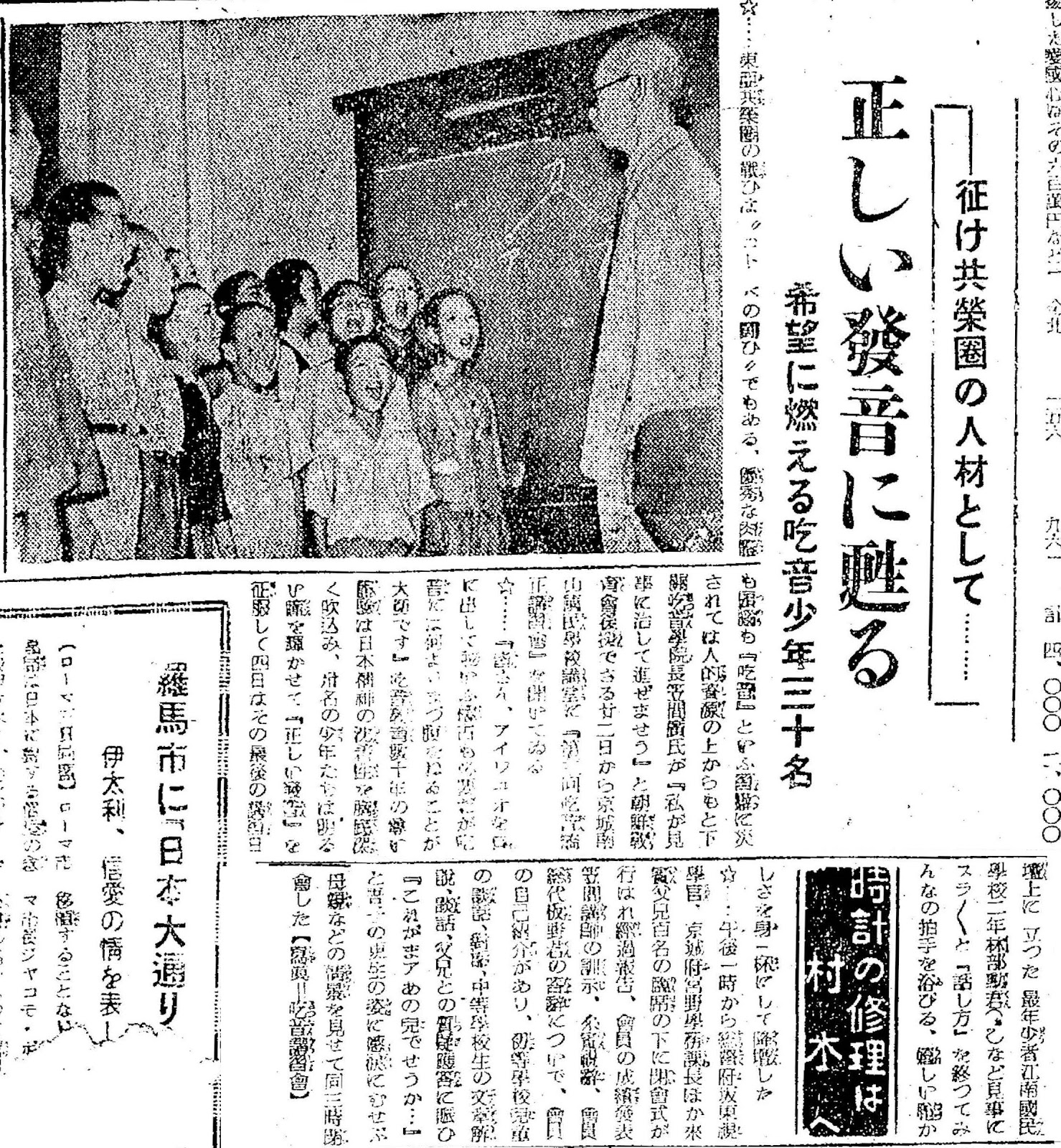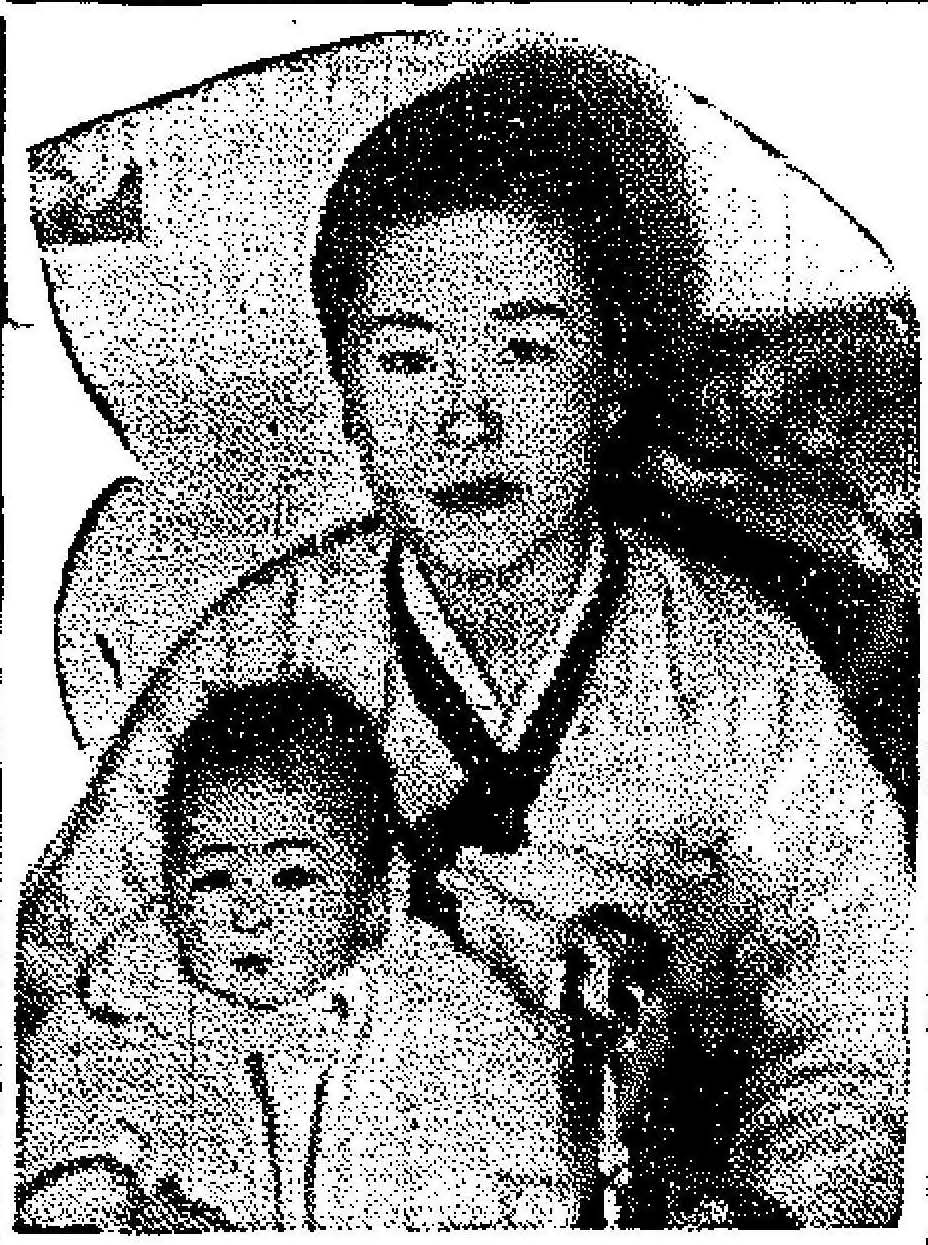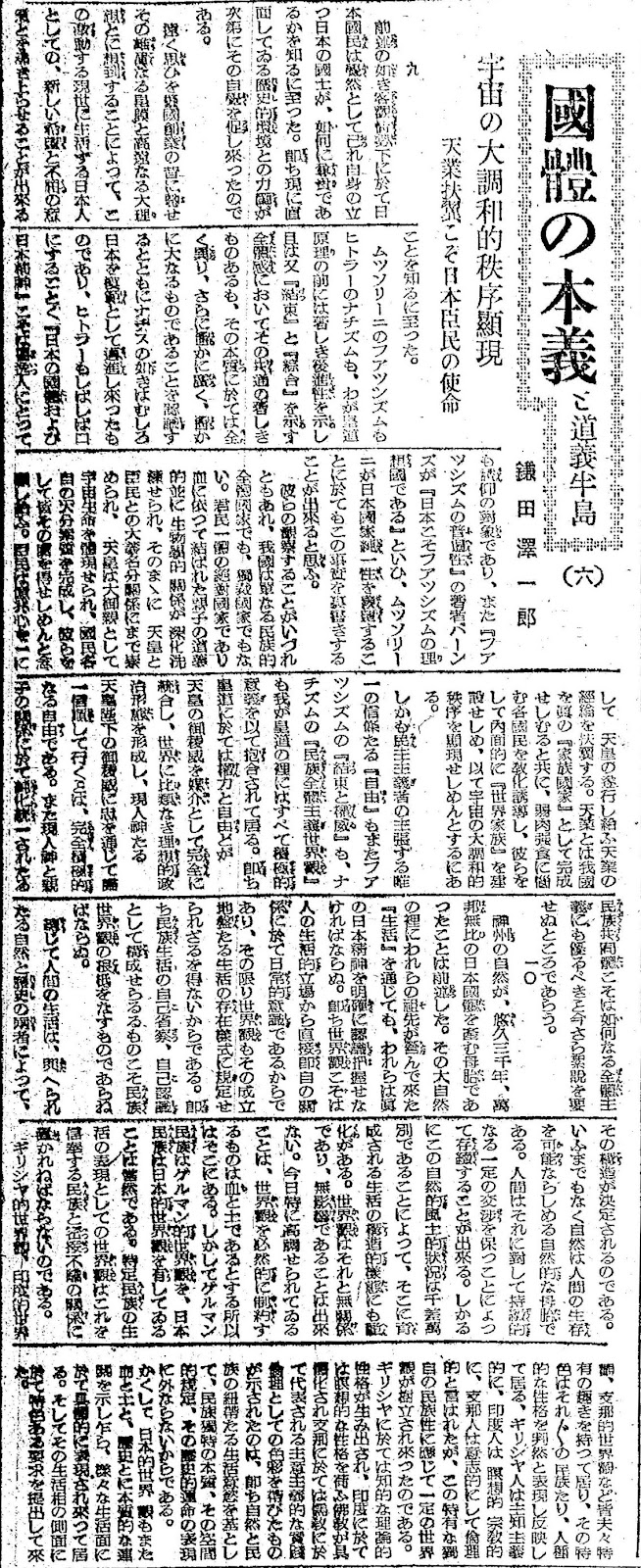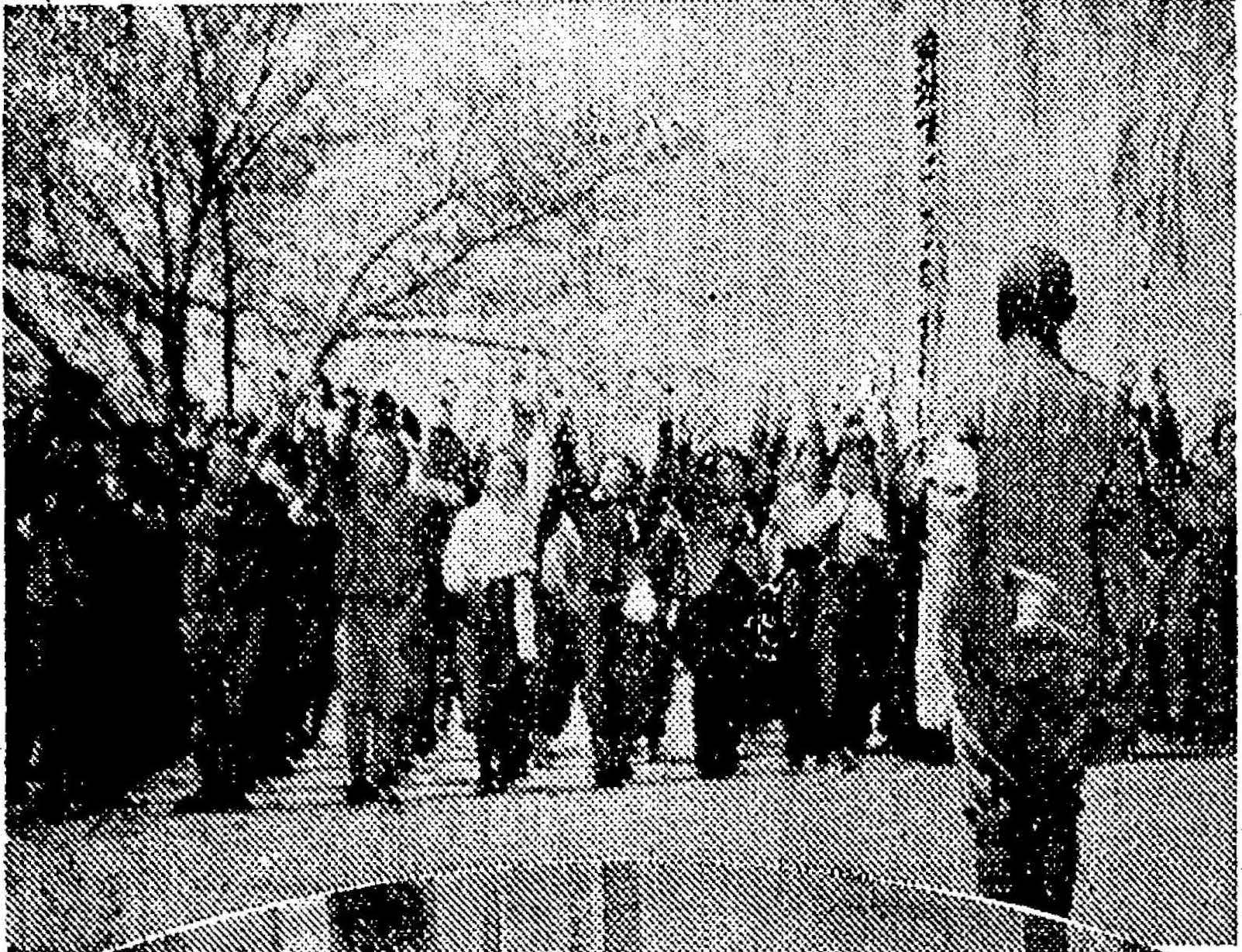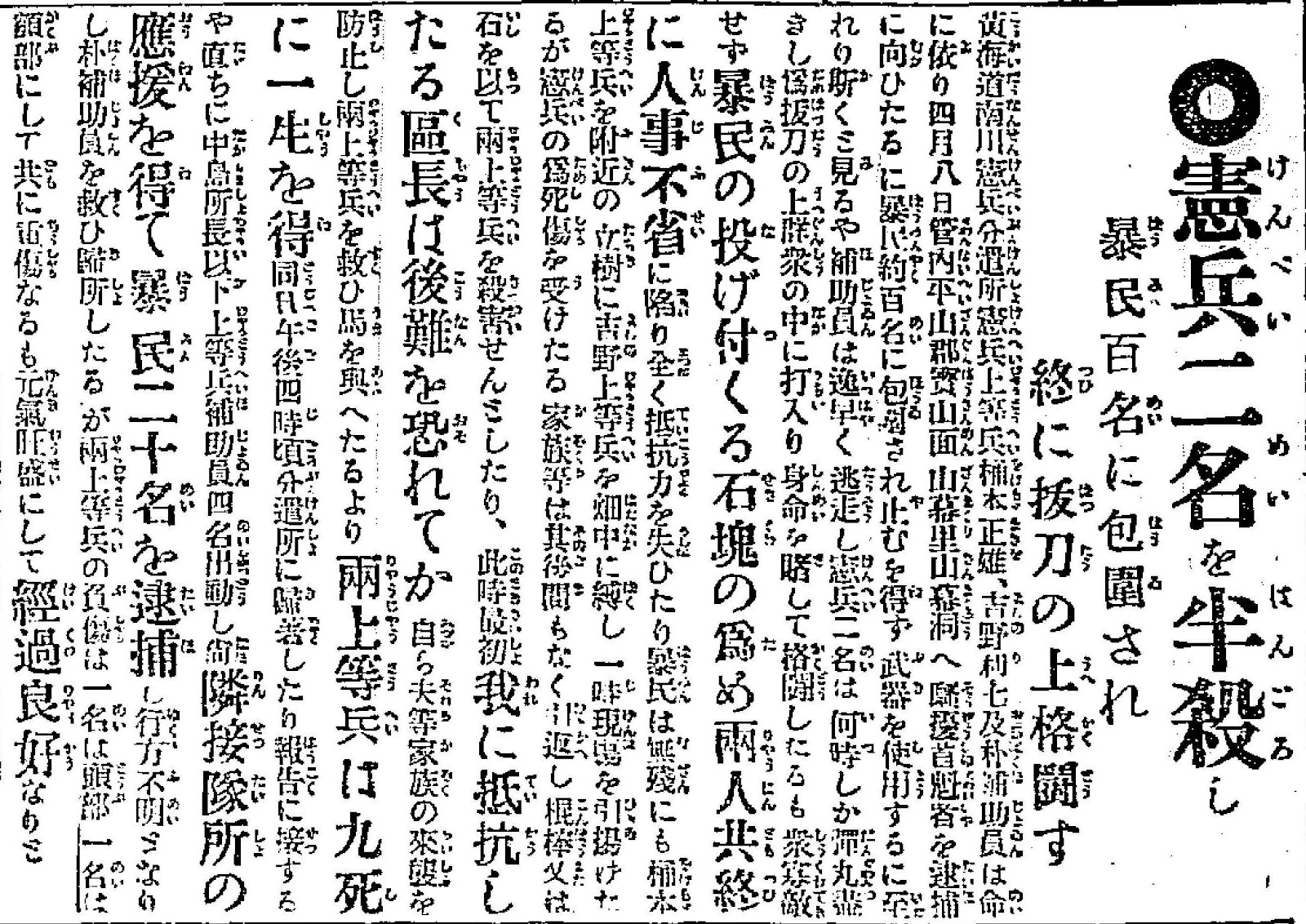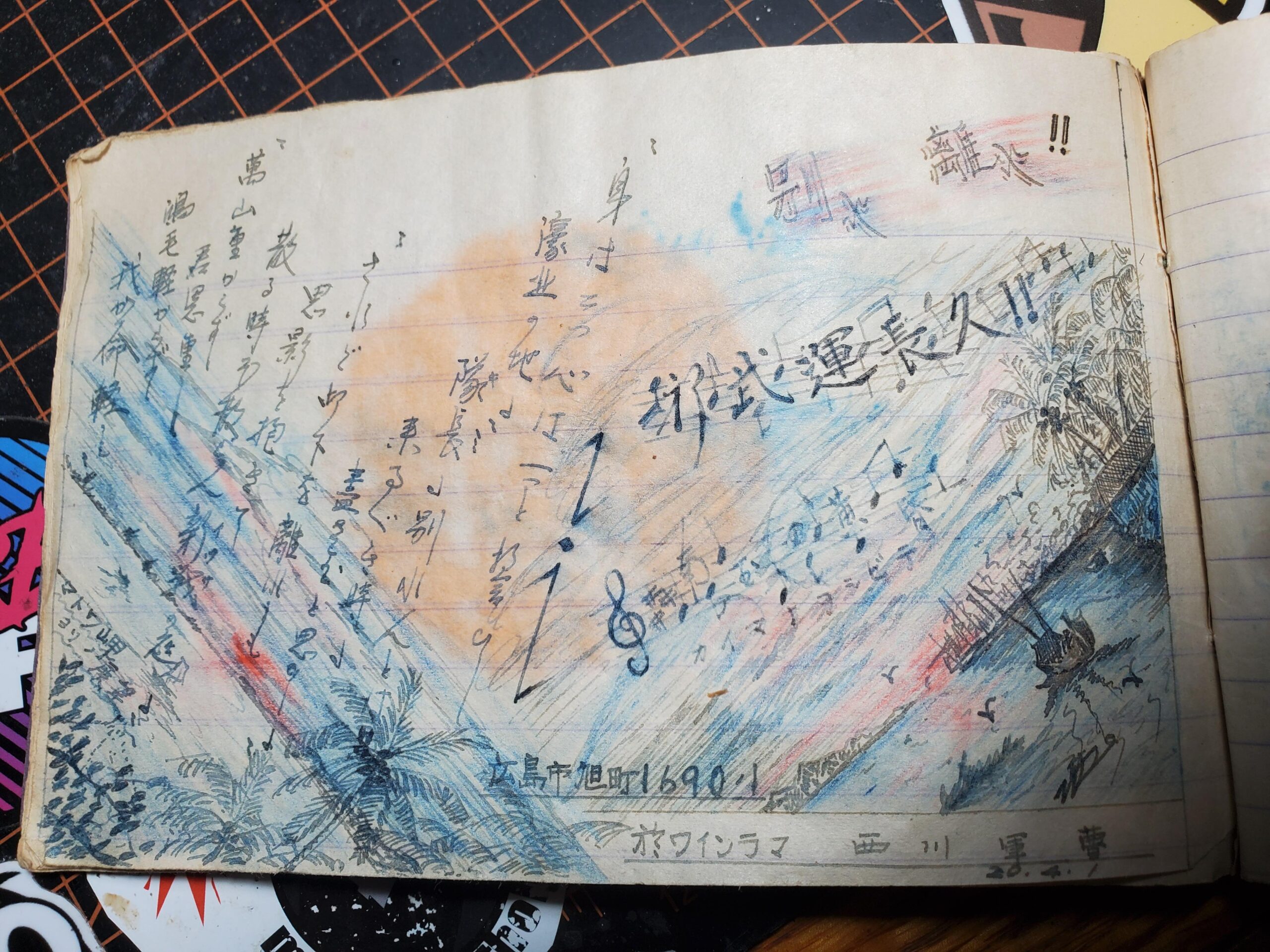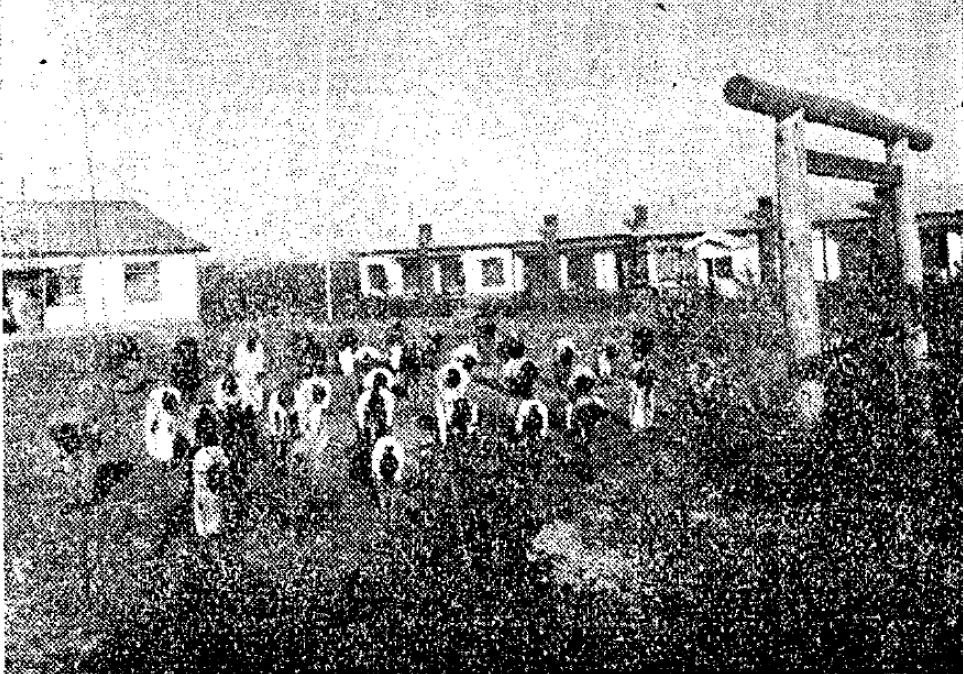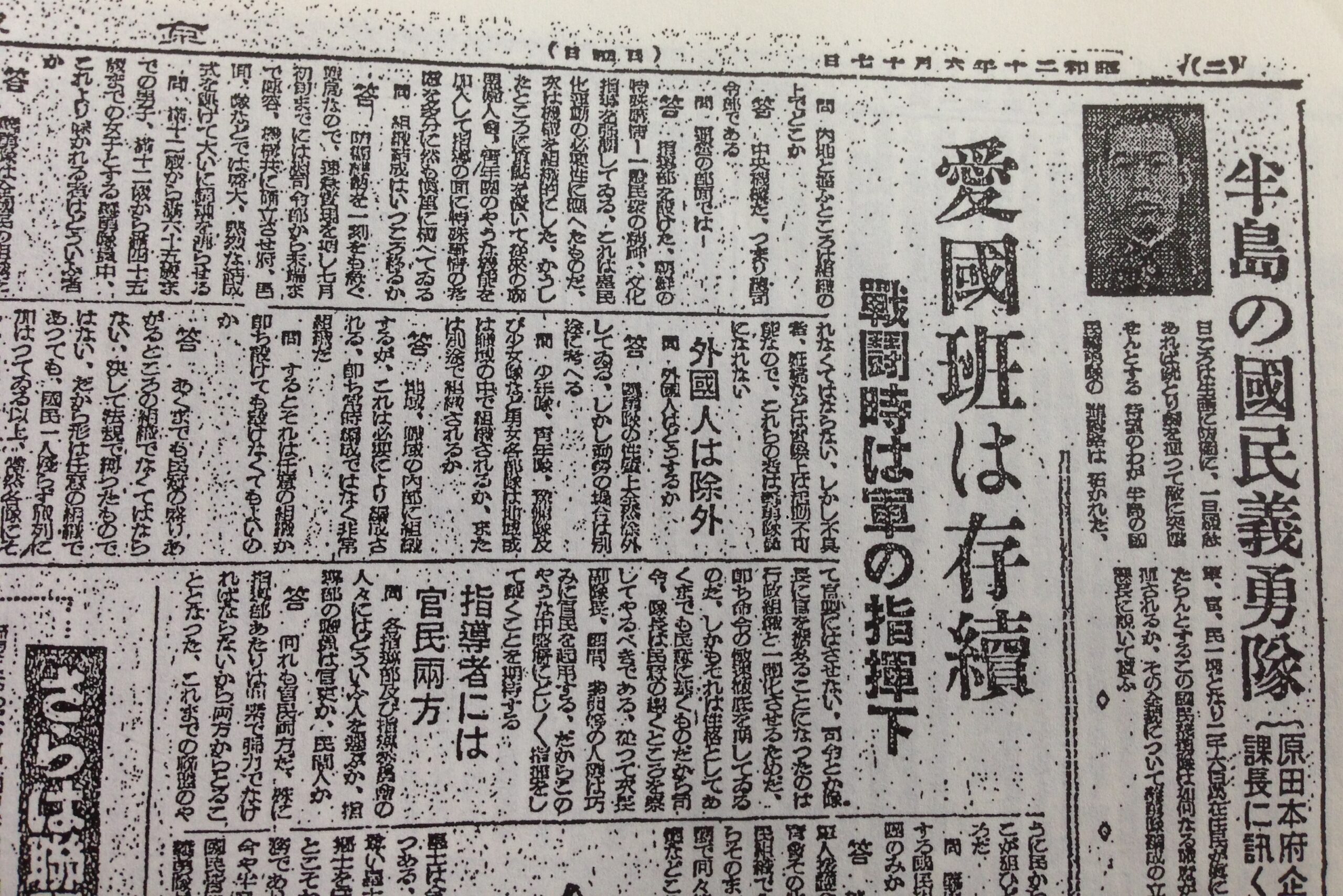
In June 1945, Imperial Japan announced a mass mobilization of nearly all able-bodied Korean civilian men ages 12-65 and women ages 12-45 into Volkssturm-like ‘Volunteer’ Corps (義勇隊) and Suicide Squads (特攻隊) to wage last resort armed combat against Allied troops stepping into Korea
2023-10-31
205
2042
I’d like to bring to your attention a fascinating article from June 1945, which I found in the archives of the National Library of Korea in September this year. This article was published in Keijo Nippo (Gyeongseong Ilbo), the official newspaper and propaganda arm of the Imperial Japanese colonial regime, which dominated Korea from 1905 to 1945.
In June 1945, Imperial Japan was on the losing end of World War II. In a desperate attempt to bolster its fighting strength, it announced the creation of Volunteer Fighting Corps (義勇隊) in Korea. These Corps were to include nearly all able-bodied Korean men aged 12-65 and women aged 12-45. Excluded from this mass mobilization were foreigners, disabled individuals, and pregnant women.
In this announcement, these Volunteer Corps are also described as Specialized Attack Units (特攻隊), which are also known as Suicide Squads notorious for the suicide missions that their members were tasked with accomplishing.
To facilitate the creation of these Volunteer Fighting Corps, a significant reorganization of the colonial government was planned. Previously, Korea was governed by three main pillars: the Governor-General’s Office, the Imperial Army, and the Party [Korean Federation of National Power (国民総力朝鮮連盟, 국민총력조선연맹)]. However, the June 1945 reorganization aimed to dissolve the Party and replace it with the Volunteer Fighting Corps, making them subordinate to the military. Interestingly, the neighborhood cell units, known as “Patriotic Groups” (JP: aikoku-han, KR: aeguk-ban, 愛國班), which were instrumental in local governance and control of the Korean populace, were to be retained as units within these new Volunteer Corps.
These Volunteer Corps were essentially a last resort, hastily organized militias that would have presumably been used as cannon fodder in bloody, fanatical last-stand battles—much like what was seen in the Battle of Okinawa—if Japan had not surrendered by August 1945.
Unfortunately, there’s a gap in the historical record about what actually happened to these Volunteer Corps by August 1945, especially concerning whether or not they were used against Soviet troops entering Korea. It’s a subject ripe for further research. The article also raises logistical questions, such as how children as young as 12 and old men up to 65 would have been trained for combat. It also raises questions of loyalty as to whether Korean civilians would have really cooperated to become combatants in the service of Imperial Japan. Essentially, the article poses more questions than it provides answers.
It will be noted that the age ranges of the Volunteer Corps were actually more draconian than the Volkssturm, which only conscripted males between the ages of 16 and 60 years, so this counts as one aspect where Imperial Japan was actually more extreme than Nazi Germany.
The article is surprisingly detailed and accessible as it explains things plainly in a Q-and-A format. I hope you find this historical snippet as intriguing as I did. It serves as a stark reminder of the lengths to which a colonial regime would go to maintain control, even in the face of impending defeat.
[Translation]
Gyeongseong Ilbo (Keijo Nippo) June 17, 1945
Peninsula’s Volunteer Fighting Corps: Inquiring with Mr. Harada, the Planning Section Chief of the Governor-General’s Office
In recent days, we are engaged in production and defense, and if an emergency arises, we will take up arms and swords to charge at the enemy. The long-awaited path for our peninsula’s Volunteer Fighting Corps has been opened. Military, government, and civilians are united, and the 26 million residents are truly united in becoming Specialized Attack Units. What kind of fighting spirit will ignite among these Volunteer Fighting Corps, and what capabilities will be demonstrated? We ask Mr. Harada, the key person in the formation of the Volunteer Corps, for the full picture.
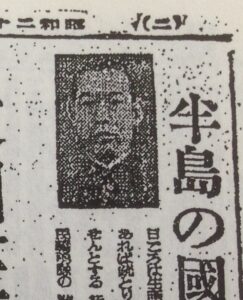
They shall now rise up to guard the Imperial Nation: Fervent Vows for the Volunteer Corps
The homeland is now in the middle of becoming a heated battlefield. Why should we allow our precious homeland, protected since the time of our ancestors, to be conceded to the vile enemy? It is our honorable duty as Imperial subjects to fight to protect our homeland and our workplaces. Is that not our most intense desire? Now, even the Korean peninsula is embodying the basic righteousness of all citizens who are becoming soldiers befitting a divine nation to form the Volunteer Fighting Corps.
Old and young, men and women, each citizen is burning with loyalty to annihilate the American devils and protect the Imperial nation. We take pride in our steadfast national organization in the countryside, factories, and various regions. Should the enemy ever set their hideous feet on our peninsula, we, the Volunteer Corps members, will rise up under the Grand Mandate to destroy the enemy. Upon the news of the formation of the Volunteer Fighting Corps in the peninsula, a total uprising is pledged in workplaces, regions, and schools, guiding the surging fighting spirit in various areas.
Patriotic Groups to Remain But Placed Under Military Command During Combat
**Q: How is its organization different from mainland Japan?
**A: It has a centralized structure. In other words, there is a general headquarters.
**Q: What about its operational aspects?
**A: We have established a leadership section that emphasizes the unique circumstances of Korea. Responding to the needs of the Imperialization Movement, we emphasized the spirit and cultural guidance of the general populace and organized our structure accordingly. We have carefully incorporated remaining functions from the previous organizations of the Federation such as the Women’s Association and Youth Groups. In the aspect of leadership, considerable consideration is given to these unique circumstances of Korea, and careful planning is done accordingly.
**Q: When will the organization be fully established?
**A: Given the urgent war situation that demands the quick establishment of defense organizations, we aim to finalize its structure from the headquarters to the grassroots level by early July. Grand and fervent founding ceremonies will be held at various levels (cities, towns, townships, team units) to invigorate the spirit.
**Q: Who will be excluded from the Volunteer Corps, which includes males from 12 to 65 years old and females from 12 to 45 years old?
**A: The Volunteer Corps is a national organization, so everyone should be included. However, those who are physically unable, or pregnant, will not be able to become Volunteer Corps members in practice.
Foreigners are excluded
**Q: What about foreigners?
**A: They are entirely excluded due to the nature of the Volunteer Corps. However, we will consider them separately for labor.
**Q: Will various groups like the boys’ corps, youth corps, reserve corps, and girls’ corps be organized within regions or job sectors, or separately?
**A: They will be organized within regions and job sectors, and they will be formed as the need arises. They are not permanent organizations, but rather they are emergency organizations.
**Q: So, are they optional organizations? They do not necessarily need to be established?
**A: They must be organizations where public sentiment is strong. They are not bound by any laws or regulations. Therefore, while the form of the organization is not prescribed, every citizen should join their respective corps, as they are all part of the battle line.
**Q: What about the age requirements for each member of the boys’ corps?
**A: Further announcements will be made.
**Q: What will be the relationship between the Volunteer Corps and the Student Corps which will be formed in the future?
**A: Student Corps will serve under the Volunteer Corps.
**Q: What kinds of people should be chosen to be deputy commanders, advisors, and counselors of the general command and the provincial commands, and the deputy commanders of the regimental units? I think the problem lies in how these people are selected. I think it is necessary to appoint bold personnel in order to prevent the organization from becoming a bureaucracy.
**A: Those who assume these positions must be the best leaders, so their selection is extremely important. We will not let this organization become a bureaucracy. The reason for placing a government official in command or as a captain is to integrate the organization with the administrative structure, so that the execution of orders can be swift and thorough. Moreover, their personalities are to be based on the will of the people, so the commanders and captains should be able to discern public sentiment. Therefore, the selection of the deputy commanders, advisors, counselors, and others will be skillfully appointed from among the government officials and ordinary civilians. So, I hope that these mid-level people will readily assume leadership positions without hesitation.
The leaders will be government officials and ordinary civilians
**Q: Who will be selected for the leadership sections and committees? Will they be selected from government officials or ordinary civilians?
**A: Both. Especially for the leadership sections, they must be powerful, so we are selecting them from both groups. It is not just ordinary civilians like before in the Federation. This is where we aim to differ from the Federation.
**Q: Which national organizations will be disbanded for the formation of the Volunteer Corps? Just the Federation, Women’s Associations, and Youth Corps?
**A: Only those three for now. Military Support Associations, Labor Employee Support Associations, and Education Associations, among others that rely on this, are not national organizations but special-purpose groups, so they will continue to exist. Other groups with various names like associations, youth, and patriotic organizations are optional groups and are not national organizations, so they will naturally remain and join the Volunteer Corps separately by region or job sector.
**Q: What will happen to the functions of the Korean Federation of National Power?
**A: Preparations for its dissolution are already underway from today. So, in effect, its central functions have ceased, but until the Volunteer Corps is formed, the provincial and town Federations will continue to operate, so their connections with Patriotic Groups will not be severed until then.
**Q: What will happen to the Federation staff?
**A: Appropriate measures will be taken, and we intend to assist them in finding jobs as much as possible.
**Q: What will happen to Patriotic Groups when the Federation disappears and the Volunteer Corps is formed?
**A: We will strengthen the Community Associations and Patriotic Groups as terminal administrative structures. The top-down structure will clearly be Prefecture, District, Community Association, and Patriotic Group, in this order. As this becomes the foundation for the Volunteer Corps, the administration and the Volunteer Corps will become inseparable, and the command and order system will be unified. The name ‘Patriotic Group’ will remain the same.
Implementation of Combat Training
**Q: What about the Civil Defense Corps?
**A: For the time being, they will be left as they are. However, when the structure and content of the Volunteer Corps are established in the future, they will be incorporated into the Volunteer Corps’ security teams. The Civil Defense Corps was established by Imperial decree, so its structure cannot be arbitrarily changed. Until a new decree is issued, it will keep its previous name, but in reality, it will operate as a security team within the Volunteer Corps.
**Q: Who will give the orders for guidance?
**A: For the labor force, the prefecture, town (eup), and township (myeon) leaders will be in charge. For firefighting and air defense, the police station chiefs will take command.
**Q: What will happen to veterans?
**A: Their individual cases will be handled on a per-Volunteer Corps basis. However, the continuity of the Veterans Association itself is still uncertain.
**Q: Under whose command will they be when transitioning to a combat posture? Who will be the team leader in this case?
**A: When transitioning to a combat posture, they will, in principle, be under military command. The team leader at that time will be the original Volunteer Corps team leader.
**Q: When the Volunteer Corps enters actual combat, they will need combat skills. How will continuous training be conducted?
**A: Of course, appropriate training will be necessary. This must be done in consideration of their completion of regular job duties, so that they refrain from working into the night. Therefore, adjustments will be made for the timing and methods so that training does not interfere with production.
**Q: How will that be done?
**A: Necessary adjustments will be done, and the details will be decided by the mid-level structure.
[Translation]
京城日報 1945年6月17日
半島の国民義勇隊:原田本府企画課長に訊く
日ころは生産に防衛に、一日応急あれば銃とり剣を扭って敵に突撃せんとする。待望のわが半島の国民義勇隊の進発路が拓かれた。軍、官、民一連となり、二千六百万在住民が真に一体となって特攻隊たらんとする。この国民義勇隊は如何なる戦意が燃えたち、性能が発揮されるか。その全貌について義勇隊編成の立役者原田総督府企画課長に説いて貰う。
今ぞ起つ皇国護持:義勇隊へ沸り立つ誓意
郷土は今や酣なる決戦場と化しつつある。祖先以来護り抜いて来た尊い郷土を何で醜敵に許そうぞ。郷土を守り職場を死守して戦うことこそわれら皇国民の光栄ある実務であり、痛切なる欲望ではないか。今や半島も我国兵制の神国たる国民皆兵の根本義を具現して国民義勇隊が結成される。
老いも若きも男女を問わず国民の一人一人が米鬼撃滅、皇国護持の忠誠心に燃え立ち時いたるまでは農村に工場に各地域でその不動の国民組織を誇り、敵一度わが半島に醜足をかけんか、われら国民義勇隊員は敵撃滅の大号令の下起ちあがるのだ。半島に国民義勇隊結成の報伝わるや職場に地域に学校に全半島をゆるがし総蹶起を誓う各方面のたぎり立つ戦意を導いた。
愛国班は存続:戦闘時は軍の指揮下
問:内地と違うところは組織の上でどこか?
答:中央機構だ。つまり総司令部である。
問:運営の部面では?
答:指導部を設けた、朝鮮の特殊事情―一般民衆の精神、文化指導を強調している。これは皇民化運動の必要性に応えたものだ。次は機構を組織的にした、こうしたところに重点を置いて従来の聯盟婦人会、青年団のような残能を加入して指導の面に特殊事情の考慮を多分に然も慎重に構えている。
問:組織結成はいつごろ終るか?
答:防衛組織を一刻も急ぐ戦局なので、早急実現を期し七月初旬までには総司令部から末端まで陣容、機構共に確立させ府、邑、面、隊などでは盛大、熱烈な結成式を挙げて大いに精魂を沸らせる。
問:満十二歳から満六十五歳までの男子、満十二歳から満四十五歳までの女子とする義勇隊員中、これより除かれる者はどういう者か?
答:義勇隊は全国民の組織だから一応誰も彼も組織の中に含まれなくてはならない。しかし不具者、妊娠などは実際上は活動不可能なので、これらの者は義勇隊者になれない。
外国人は除外
問:外国人はどうするか?
答:義勇隊の性質上全然除外している。しかし勤労の場合は別途に考える。
問:少年隊、青年隊、予備隊及び少女隊など男女各部隊は地域或いは職域の中で組織されるか、または別途で組織されるか?
答:地域、職域の内部に組織するが、これは必要により編成される。即ち常時編成ではなく非常組織だ。
問:するとそれは任意の組織か、即ち設けても設けなくてもよいのか?
答:あくまでも民意の盛りあがるところの組織でなくてはならない。決して法規で縛ったものではない。だから形は任意の組織であっても、国民一人残らず戦列に加わっている以上、当然各隊にそれぞれ加入すべきである。
問:少年隊以下各隊員の年齢別はどうなるか?
答:追って更に発表する。
問:将来生れる学徒隊と義勇隊との関係はどうなるのか?
答:学徒隊として義勇隊に服することとなる。
問:機構のうち総司令部と各道司令部の次長、顧問及び参与、聯合隊の副隊長はどういう人を具体的に選ぶか?問題はこの人選如何にあると思う。官製化を防ぐためにも思い切った人材を起用する必要があると思うが如何?
答:これらの部署に就く人は最も良き指導者でなくてはならぬので、人選が余程大事である。決して官製にはさせない。司令とか隊長に官を据えることになったのは行政組織と一体化させるためだ。即ち命令の敏速徹底を期しているのだ。しかもそれは性格としてあくまでも民意に基づくものだから司令、隊長は民意の趣くところを察してやるべきである。従って次長、副隊長、顧問、参与等の人選は巧みに官民を起用する。だからこのような中堅層にどしどし指揮をして戴くことを期待する。
指導者には官民両方
問:各指導部及び指導委員会の人々にはどういう人を選ぶか?指導部の職員は官吏か?民間人か?
答:何れも官民両方だ。殊に指導部あたりは要素で強力でなければならないから両方からとることとなった。これまでの聯盟のように民からばかりでない。即ちここが狙いどころで聯盟と違うところだ。
問:義勇隊の組織のために解散する国民組織は聯盟、日婦、青年団のみか?
答:差しあたりそれだけだ。軍人援護会、勤労職員援護会、教育会その他これに頼する団体は国民組織でなく、特殊目的の団体だからそのまま存続する。なお外の団体で何々協会とか、青年、愛国団体などこれはいわば任意団体であり、国民組織でないので残るのは勿論で地域や職域に別途で義勇隊に入るようになる。
問:国民総力朝鮮聯盟の機能は今後どうなるのか?
答:今日からすでに解散準備をしている。だから事実上中枢機能はなくなったわけだが、義勇隊が結成されるときまでは道、府聯盟が執務するので、町聯盟、愛国班関係はそのときまでつながりが絶えないわけである。
問:聯盟の職員はどうするか?
答:適当にやるわけだが、出来るだけ職を世話するつもりだ。
問:聯盟がなくなり義勇隊が出来ると愛国班はどうなるのか?
答:町会、愛国班を通じて末端行政機構として強化する。即ち府―区―町会―愛国班とはっきりとその体系が画然となる。それを義勇隊の基盤とするのだから行政と義勇隊とは不離一体、指揮命令系統が一本化してくるところに愛国班のより以上の強力さがある。なお愛国班の名称はそのままにする。
戦技訓練実施
問:警防団は?
答:差しあたり置いておく。しかし将来義勇隊の機構や内容が確立のときは義勇隊の警備隊に包含するようになる。警防団は勅令によって設立されているので、勝手には機構変革が出来ないわけで勅令が出るまでは名称は以前警防団とし、実在は義勇隊として警備隊に活動する。
問:その指導命令は誰がとるのか?
答:勤労の場合は府、邑、面隊長。消防、防空の場合は警察署長が指揮をとる。
問:在郷軍人はどうなるのか?
答:個人関係は義勇隊毎になる。しかし在郷軍人会自体としての存続如何はまだ判らない。
問:戦闘態勢に移る場合はどこの指揮に入るか?この場合の隊長は誰がやるのか?
答:戦闘態勢に入ると原則として軍の指揮下に入る。このときの隊長はもとの義勇隊隊長だ。
問:義勇隊が実戦に入ると戦技を必要とするが、これの不断の訓練はどうする?
答:勿論相当の訓練を必要とする。これには平素の職任の完遂を睨み合せて夜働きなどを慎まなければならぬと思う。そこで時期、方法などに調整を保ち生産に差支えのないように訓練を施す。
問:その方法如何?
答:必要なる調節を基幹としてその要項も中堅機構が決めることとなる。

